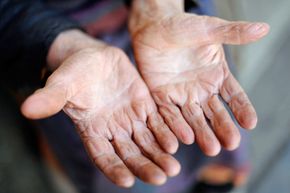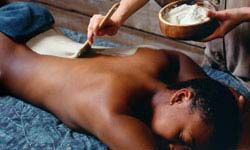It's easy to take your skin for granted, but as the largest organ in your body, it deserves some judicious attention and protection from the elements. After all, your skin has a big job to do: It keeps your other organs on the inside where they belong, helps expel impurities and uses perspiration to stabilize temperature fluctuations. It's also the nexus for thousands of sensory nerve endings that produce the sense of touch.
Your skin protects itself with a thin layer of slightly acidic moisture and oil sometimes referred to as the "acid mantle." This thin film repels bacteria and holds precious moisture in the epidermis, the outermost layer of the skin. Weather can have a big impact on the epidermis, especially if the acid mantle has been stripped off or otherwise compromised by makeup, soap, harsh cleansers, hormonal fluctuations or even dietary changes. Lotions, creams and some soaps can restore the acid mantle to the skin and help deliver vital moisture to the epidermis.
Advertisement
During the winter when the humidity is naturally lower anyway, the environment in the average home tends to be dry. Cranking up the furnace exacerbates the problem by further reducing the moisture in interior rooms. If you don't have a humidifier to replace the moisture loss, you probably suffer from seasonal dry skin problems.
As dry air circulates through the artificially heated environment of your cozy house, it evaporates moisture wherever it finds it, including the moisture on the surface of your skin. This is the time when you'll start to notice flakes on your cheeks, cracks on the bottoms of your feet, parched lips and uncomfortably dry areas on the backs of your hands. Cracking, flaking, peeling and that uncomfortable stretched feeling are all symptoms of dry skin.
Using a humidifier will help, but there are also topical products that provide relief. Let's take a look at a few ingredients designed to put back what winter air takes away from your skin.
Advertisement



